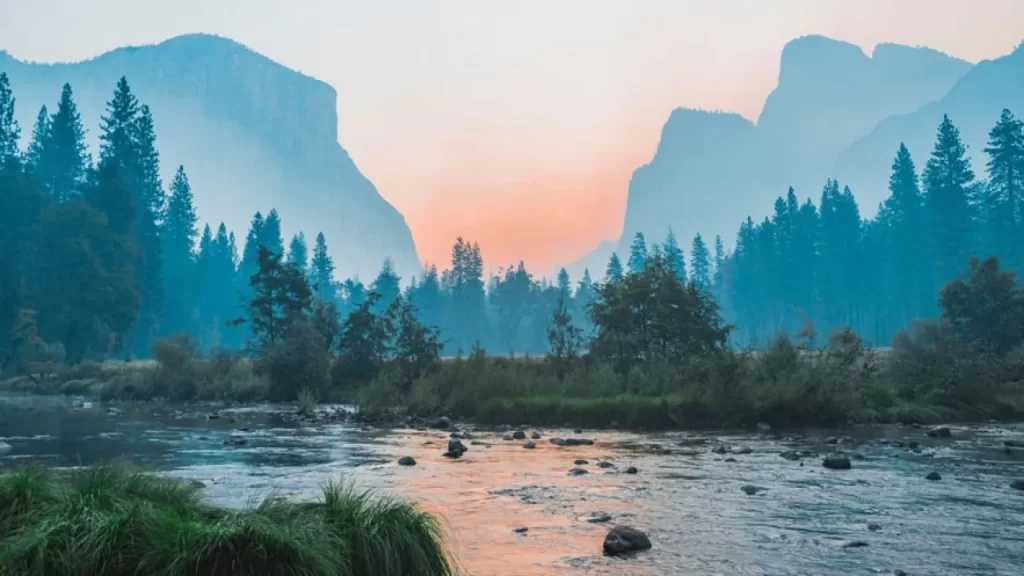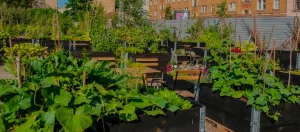Outdoor Photography Tips – Capturing Stunning Shots of Nature and Wildlife

Outdoor photography involves not only documenting the natural world and wildlife, but also conveying emotions and stories through one single frame.
Opting for gentler lighting like sunrise or sunset provides your subjects with a beautiful warm glow, making an impressionistic portrait more likely.
Be wary when approaching wildlife; any sudden movements can startle or disturb them, potentially scaring or upsetting them.
Composition
Outdoor photography requires working with the elements. No matter if it is rainy, foggy, or sunny; beautiful shots can still be captured! And remember: photography is a journey – take time to develop as an artist!
For best results when photographing wildlife, try framing off center to add visual interest and capture small details like intricate leaf patterns or reflections in water bodies. Don’t forget about photographing details like puddle reflections!
Photograph your animals at eye level so they appear more intimately connected to your viewers, and use lines in your composition to add balance and direction in the photo. Horizon lines, leading lines, curved lines – using them can take your photographs to another level!
Lighting
Photographing natural landscapes and wildlife requires a strong understanding of lighting. Light is the cornerstone of all photographs; its direction and quality can make or break an image. Making use of soft diffused light sources such as clouds or sunrise/sunset sunlight can create stunning and captivating pictures.
Foreground elements can add depth and appeal to outdoor photos by providing visual focal points that draw the eye of viewers. Look out for rock formations, trees or flowers that provide an eye-catching background against which your subject can stand out.
Photographing animals requires respecting their space, not approaching too closely and risking both your own health as well as possibly stressing or disturbing them. When hiking and taking photos in public areas, always respect others so you do not block paths or step on plants and flowers without realising.
Exposure
Establishing the optimal exposure is of vital importance in outdoor photography, as it will ensure your subject stands out against its background. Underexposure could render images too dark or lacking detail; overexposure might make them too bright. Experimenting with different settings will help you find an optimum compromise between these two extremes.
Use of the golden hour (right after sunrise or before sunset) can provide beautiful lighting for landscape photos and animal photography. This light will produce a soft glow that enhances subjects and adds a warm ambience to images.
Key to creating stunning nature and wildlife images is getting close to your subjects. Whether it be photographing birds perched on branches, squirrels running through wooded areas, or flowers with intricate details – using macro lens or zoom functions is the way to get up close and personal with these incredible subjects.
Camera Settings
Prior to heading out into nature, it’s crucial that you familiarize yourself with your camera’s settings. Be it a point-and-shoot camera, smartphone or DSLR – spend some time exploring all its functions so that when an exciting photo op presents itself you are prepared.
Bright sunlight casts harsh shadows that can obscure details in animals and scenery, necessitating lower exposure compensation settings in order to avoid blowout highlights. Conversely, overcast skies or hazy sunlight provide soft lighting which brings out fur or feather color better while increasing ISO speeds to maintain high shutter speeds for sharp photos.
Remarks : Don’t overlook capturing all the subtle, intricate details of landscape photography. From an old trail sign or unfurling flowers to reflections in a mud puddle – every element adds depth and dimension to landscape shots. National parks, nature reserves and even backyards can offer plenty of photography opportunities – but remember always to respect local regulations or laws as you explore them!






